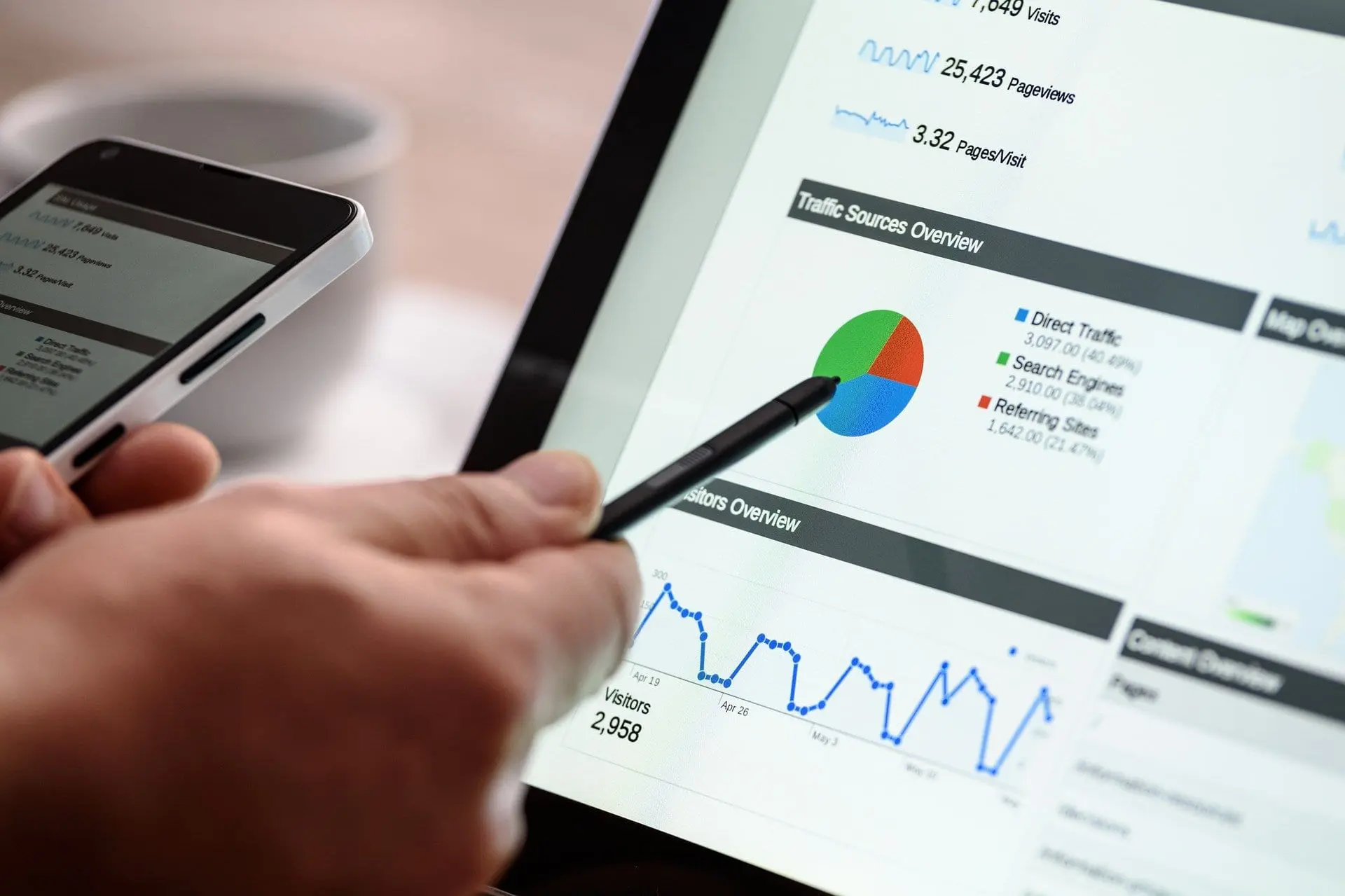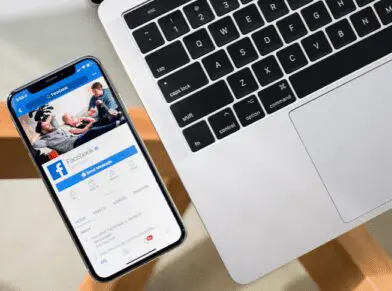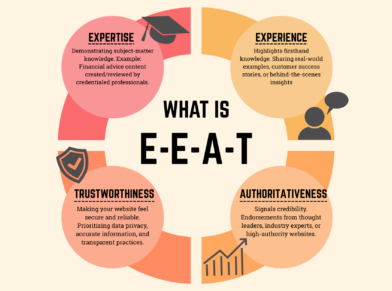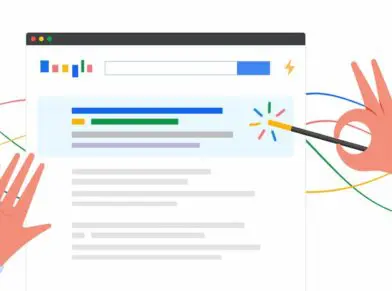WHY YOU SHOULD KNOW YOUR CPL LIKE THE BACK OF YOUR HAND

Have you ever run a marketing campaign, spent a little money, got a couple leads, and at the end of your day wondered if it was a good use of your funds? Well, you’re not alone. On a daily basis, I talk to business owners who face the same complication. One of the first and most important metrics to track and determine is a target cost per lead (CPL). If you’re like most business owners, you want lots of leads for very little money. But to truly set up and build a successful campaign, you must first determine the most you are willing to spend on a lead. We all want lots of leads for free, but marketing costs money. The question is, how can you spend your money profitably?
Understanding CPL
CPL is what it costs you to get one lead. So if you spend $10,000 on a marketing campaign and you get 100 leads, your CPL is $100. Whether or not that’s a good deal is completely dependent on your business. Let’s go over how you can determine what a good deal looks like.
We have clients whose target CPL ranges from thousands of dollars to under $20. The easiest way to determine your CPL is to take your average deal size and look at annual customer value. Annual customer value is more helpful for an individual purchase. For instance, if you sell a customer a bag of consumable widgets for $250 on average once a month, then your average customer is worth $3,000 revenue annually. Likewise, if a service provider has a typical engagement size of $12,000, and a customer only buys once a year, then the annual customer revenue is $12,000.
In this example, let’s take a business that has determined their annual customer revenue is $12,000. Determine your gross profit on a deal. For simplicity sake, we’ll go with a 50% gross profit, leaving us with $6,000 in gross profit.
Interested in reading the rest of this article?
You can find the full-length version on Forbes.

















